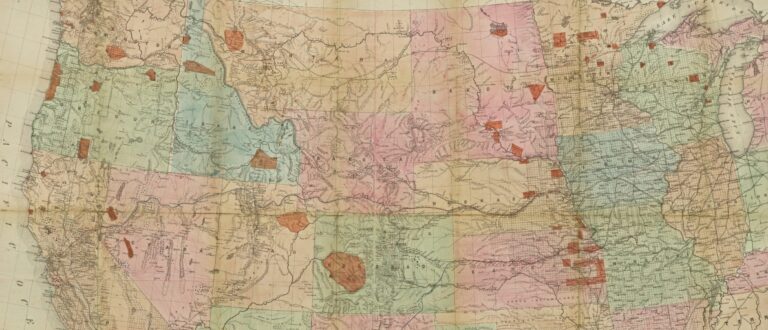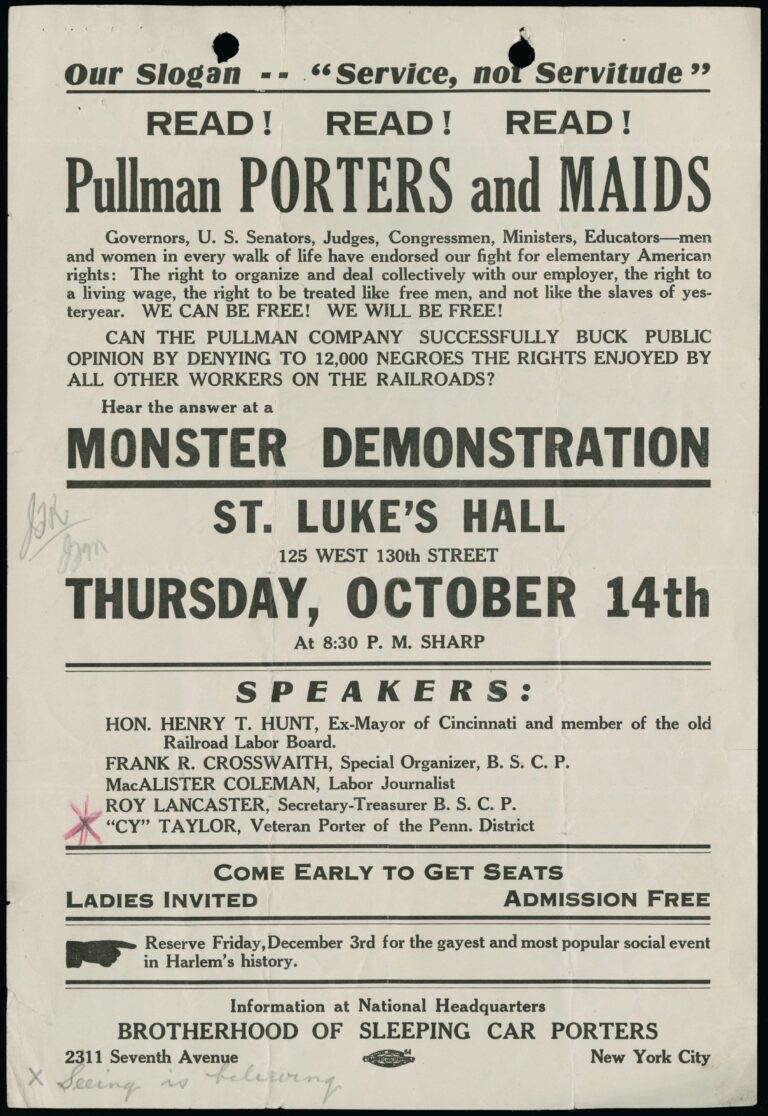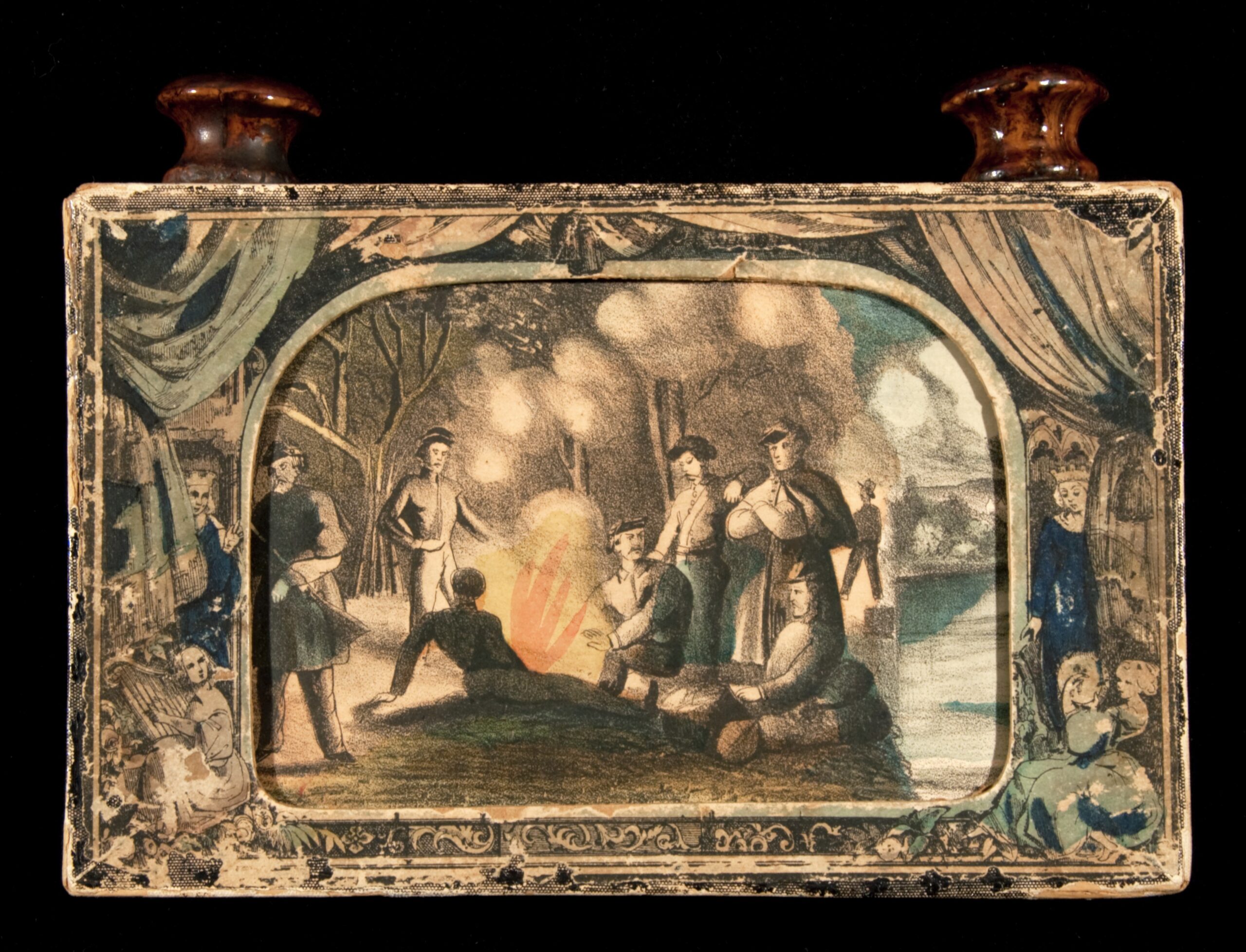
How have China’s economic and diplomatic ties to the outside world shaped its modern history?


How did writers and audiences in late Victorian England and America explore the idea of a hidden or double self? In what ways did representations of this self speak to changing understandings of sexuality, gender, and class?

How are commodities extracted, produced, and exchanged? How have those processes shaped the physical and cultural landscape of North America? How might the way we see and study those processes alter our understanding of ourselves, the environment, or the history of North America?

What social conditions contributed to the revolution? How did the United States seek to influence events in Mexico? How did artists and writers respond to the war?

What does de facto segregation in the urban North look like? How is it similar and different from de jure segregation in the South? How did African Americans respond to the segregation and racism they faced in the North? How did the civil rights movement in the urban North connect to the movement in the South?

What was the literary context in which American Renaissance writers wrote and published? How did now-canonical writers respond to popular literary forms?

What literature was published and read during the Civil War? How did literature help make sense of the war and the profound changes it brought to the nation?

How did images shape the meaning of the war for people at home and the meaning of the home during wartime?

What did it mean to live in the neighborhood of the Union Stock Yard around 1900? How does Upton Sinclair’s representation of this community in The Jungle compare to the accounts of sociologists and reformers?









